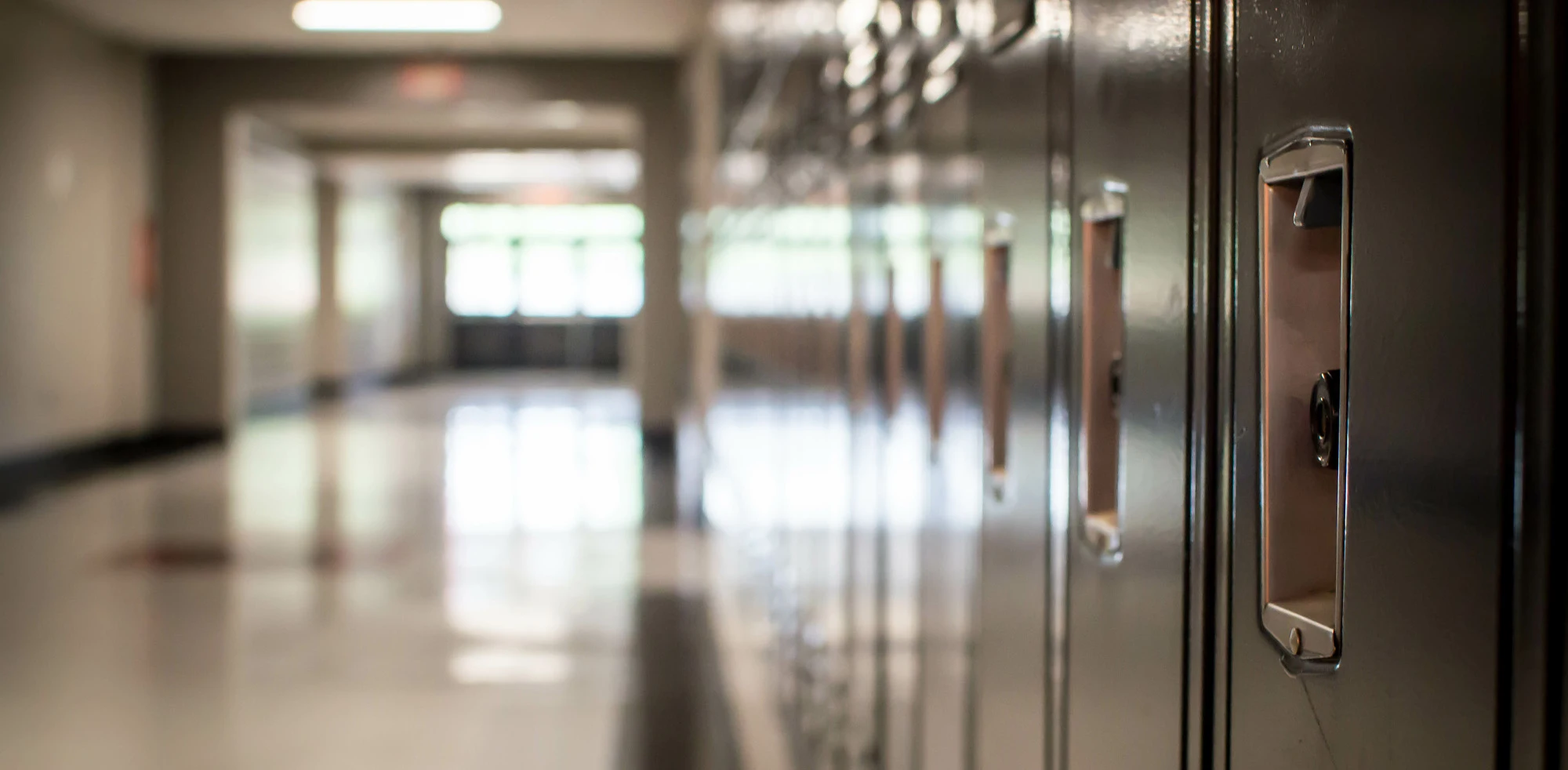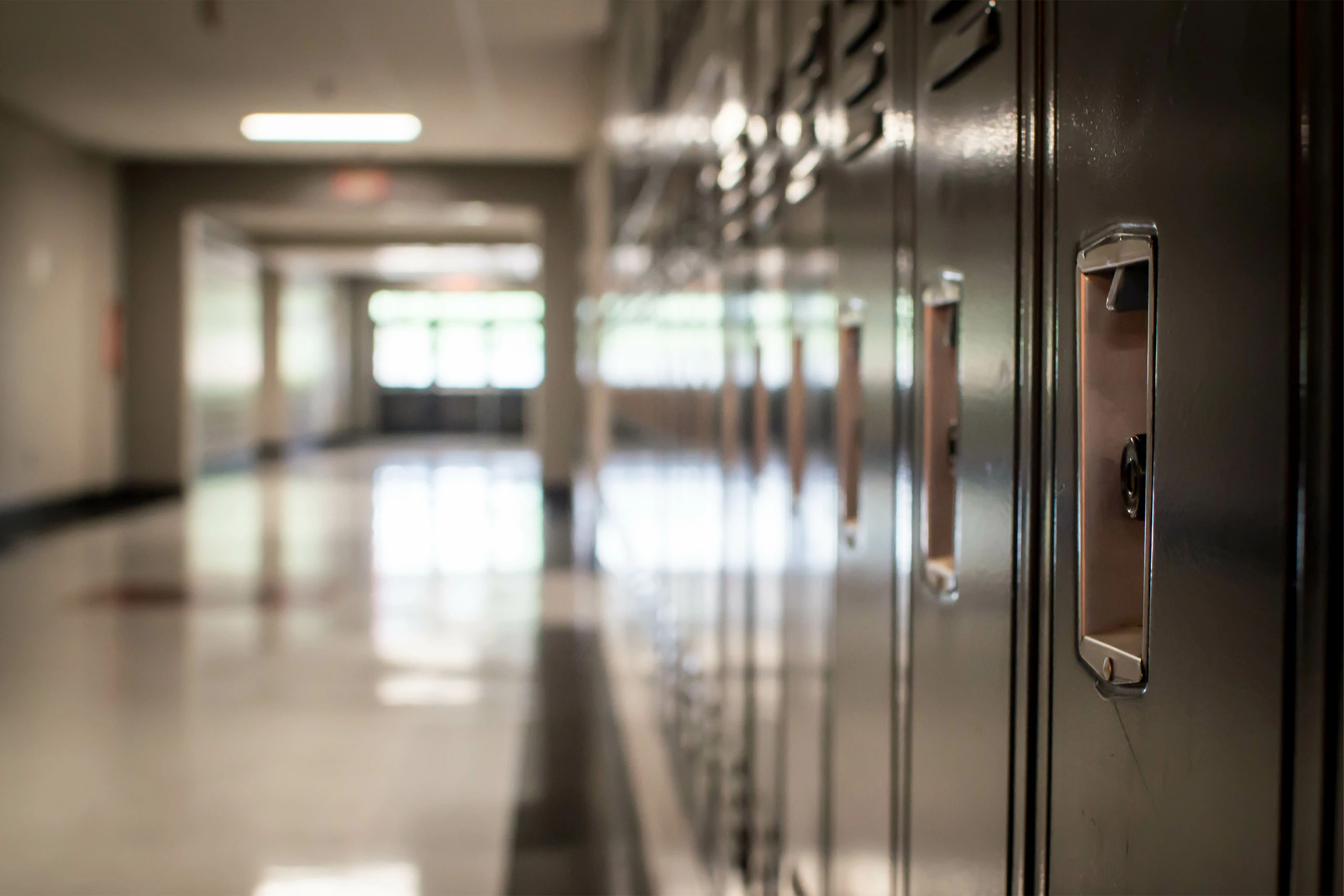Understanding Child Sexual Abuse Statistics

Post Author:
Michael Cybulski
Categories:
Date Posted:
May 1, 2025
Reading Time:
4 Minutes
Share This:
Understanding Child Sexual Abuse Statistics

Reading Time:
4 Minutes
Share This:
Child Sexual Abuse Statistics
Recent investigations have revealed a troubling trend: institutions without mandatory staff training in abuse prevention tend to see higher rates of abuse per incident reported. In education systems where training is inconsistent or optional, cases of grooming, boundary violations, and systemic mishandling of reports occur at markedly elevated levels. This correlation underscores the urgent need for universal, mandatory training in abuse detection, reporting protocols, and trauma-informed response practices across all youth-serving environments.
Child sexual abuse is one of the most devastating violations a young person can endure. Despite greater societal awareness in recent years, the scope of abuse remains staggering, with recent data estimating that 1 in 6 children in the United States are sexually abused before the age of 18. This article dives deep into the breakdown of where this abuse happens—in school settings versus outside of them—and what these numbers reveal about the environments we trust most to protect our youth.
How Prevalent Is Child Sexual Abuse?
According to the U.S. Department of Justice and National Children’s Alliance, approximately 16.7% of all American children (or 1 in 6) experience some form of sexual abuse before reaching adulthood. For context, this equates to over 12.4 million children, based on the latest U.S. Census estimate of 74.1 million individuals under 18.
Of particular concern, a 2004 report funded by the U.S. Department of Education revealed that nearly 10% of K–12 students experience sexual misconduct by school staff, including teachers, coaches, and administrators. With an estimated 54.3 million students enrolled in public and private schools nationwide, this translates to approximately 5.4 million children.
Does This Mean Most Abuse Happens at School?
Not necessarily. While the figure of 1 in 10 students experiencing school-based sexual abuse is deeply concerning, it must be understood within the larger population framework:
- Total children under 18: ~74.1 million
- Total K–12 students: ~54.3 million
If 12.4 million total children are abused and 5.4 million of these incidents are school-related, it implies at least 7 million cases occur outside school settings. This suggests that more than half of child sexual abuse occurs in non-school contexts: homes, religious institutions, sports teams, online platforms, and among peers.
Case Studies: Abuse in and Outside Schools
In-School Cases:
- Conestoga High School (PA): A teacher was charged with 63 counts for allegedly engaging in repeated sexual encounters with a 16-year-old student.
- Walnut Creek, CA: A school administrator was arrested after being found in an intimate setting with a minor student.
- Kirkwood School District (MO): Over 40 years, more than 25 school employees were implicated in sexual misconduct lawsuits.
Non-School Cases:
- Stamford, CT: A man pleaded guilty to assaulting a 9-year-old girl and producing explicit materials.
- Global Exploitation Network: Two men were arrested for running a dark web network targeting children internationally.
These stories represent only a sliver of reported cases. Experts estimate that only 30% of sexual abuse incidents are ever reported, meaning actual numbers are likely significantly higher.
Why Reporting and Prevention Efforts Fall Short
Many school districts and organizations lack robust systems to detect or report abuse. Fear of scandal, institutional reputation, or lack of training often result in underreporting or mishandling of allegations. In other cases, abused children may not recognize or disclose their experiences due to fear, shame, or manipulation by perpetrators.
What Can Be Done: Prevention and Support
- Mandatory Training: All school and youth-serving organization staff should undergo annual training on child abuse recognition and mandatory reporting laws.
- Anonymous Reporting Tools: Encourage reporting by implementing secure and anonymous tip lines.
- Digital Monitoring: Deploy AI tools and content scanners to detect inappropriate content on school and organizational networks.
- Community Engagement: Educate parents and caregivers on signs of abuse and healthy boundaries.
- Support for Survivors: Ensure trauma-informed counselors are available in schools and community centers.
Final Thoughts
Child sexual abuse is not confined to a single institution or environment. The reality is complex and requires a multi-pronged approach to prevention, detection, and healing. As educators, parents, and advocates, we must continue to question assumptions about where abuse occurs and invest in systems that prioritize child safety across all settings.
By understanding the data and listening to survivors, we can foster accountability, transparency, and trust—and, most importantly, create safer spaces for every child.
Sources:

